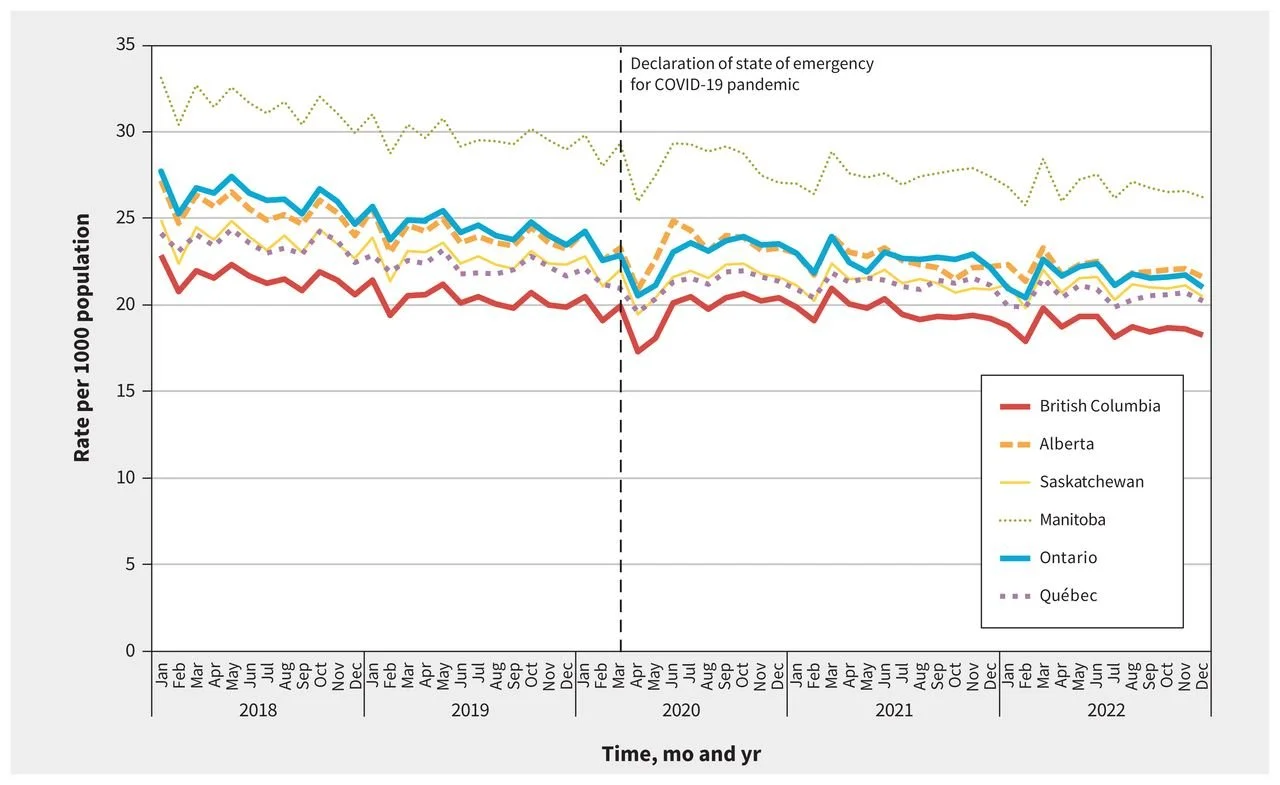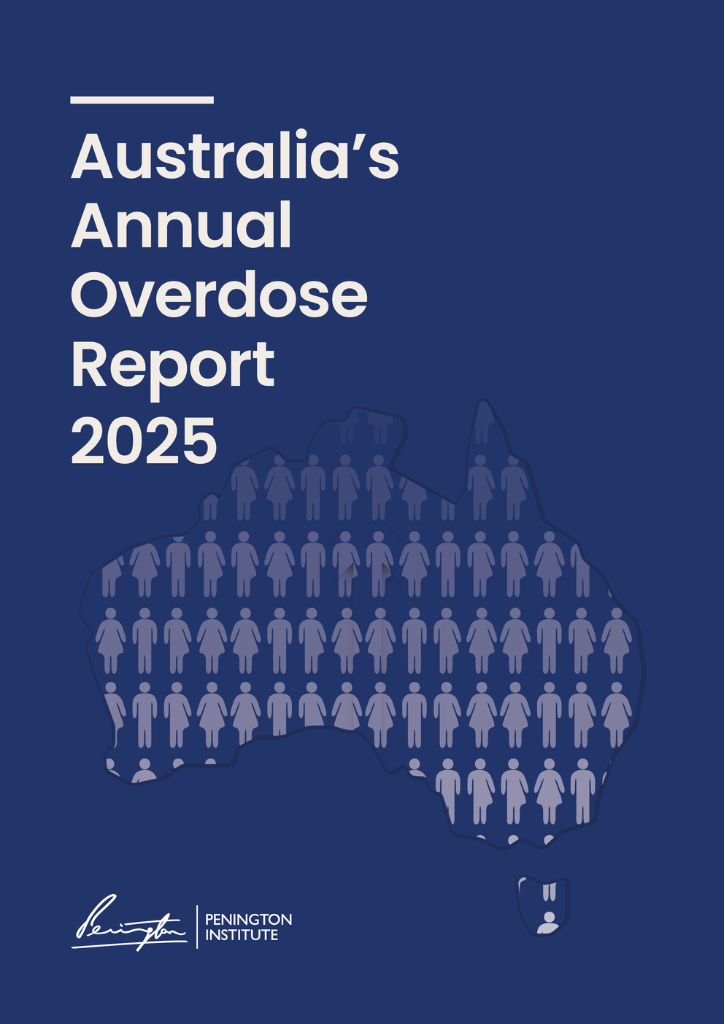By Mark Louie Ramos
Claims from the Trump White House about links between use of the painkiller acetaminophen – often sold under the brand name Tylenol in the U.S. – during pregnancy and development of autism have set off a deluge of responses across the medical, scientific and public health communities.
As a father of a child with level 2 autism – meaning autism that requires substantial support – and a statistician who works with such tools as those used in the association studies cited by the White House, I find it useful to think about the nuances of association versus causation in observational studies. I hope that this explanation is helpful to parents and expecting parents who, like me, are deeply invested in the well-being of their children.
Association Is Not Causation, But…
Most people have heard this before, but it bears repeating: Association does not imply causation.
An often-cited example is that there is a very strong association between ice cream sales and incidents of shark attacks. Of course, it goes without saying that shark attacks aren’t caused by ice cream sales. Rather, in the summertime, hot weather drives more appetite for ice cream and beach time. The increased number of people at the beach does, in turn, cause the likelihood of shark attacks to increase.
Yet pointing this out on its own is neither intellectually satisfying nor emotionally appeasing when it comes to real-life medical concerns, since an association does suggest potential for a causal relationship.
In other words, some associations do end up being convincingly causal. In fact, some of the most consequential discoveries of the past century in public health, like the links between smoking and lung cancer or the human papillomavirus (HPV) and cervical cancer, started out as findings of very strong association.
So when it comes to the issue of prenatal acetaminophen use and autism development, it is important to consider how strong the association found is, as well as the extent to which such an association could be considered causal.
Establishing Causal Association
So how do scientists determine if an observed association is actually causal?
The gold standard for doing so is conducting what are called randomized, controlled experiments. In these studies, participants are randomly assigned to receive treatment or not, and the environment where they are observed is controlled so that the only external element that differs among participants is whether they received treatment or not.
In doing this, researchers reasonably ensure that any difference in the outcomes of the participants can be directly attributed as being caused by whether they received the treatment. That is, any association between treatment and outcome can be considered causal.
Yet oftentimes, conducting such an experiment is impossible, unethical or both. For instance, it would be highly difficult to gather a cohort of pregnant women for an experiment and extremely unethical to randomly assign half of them to take acetaminophen, or any other medication for no particular reason, and the other half not to.
So when experiments are simply infeasible, an alternative is to make some reasonable assumptions on how observational data would behave if the association was causal and then see if the data aligns with these causal assumptions. This can very broadly be referred to as observational causal inference.
Parsing What the Studies Mean
So how does this apply to the current controversy over the potential for acetaminophen use during pregnancy to affect the fetus in a way that could result in a condition like autism?
Researchers who try to understand causal roles and links between one variable and potential health outcomes do so by considering: 1) the size and consistency of the association across multiple attempts to estimate it, and 2) the extent to which such association has been established under observational causal inference frameworks.
As early as 1987, researchers have been working to measure possible associations between acetaminophen use during pregnancy and autism. A number of these studies, including multiple large systematic reviews, have found evidence of such associations.
For instance, a 2025 review of 46 studies that examined association between acetaminophen use and an array of neurodevelopmental disorders, including autism, identified papers with five positive associations between acetaminophen and autism.
In one of those studies, which examined 73,881 births, the researchers found that children who were exposed to acetaminophen prenatally were 20% more likely to develop borderline or clinical autism spectrum conditions. Another examined 2.48 million births and reported an estimated association of only 5%.
Both of those are weak associations. For context, estimations of increased lung cancer risk from smoking in the 1950s were between 900% to 1,900%. That is, a smoker is 10 to 20 times more likely than a nonsmoker to develop lung cancer. By comparison, in the two autism studies above, a pregnant woman who takes acetaminophen is 1.05 to 1.20 times more likely than one who does not take the drug to have a child who would be later diagnosed with autism.
Not All Studies Are Created Equal
It’s also important to keep in mind that many factors can affect how well a study is able to estimate an association. In general, larger sample sizes provide both greater power to detect an association if one does exist, as well as improved precision over estimating the value of the association.
This does not mean that studies with smaller sample sizes are not valid, only that from a statistical perspective, researchers like me place greater confidence in an association drawn from a larger sample size.
Once an association – even a small one – is established, researchers then must consider the extent to which causation can be claimed. One way to do this is through what’s called dose-response. This means looking at whether the association is higher among women who took higher doses of acetaminophen during pregnancy.
The study mentioned above that looked at 2.48 million births shows an example of dose-response. It found that pregnant women who reported taking higher doses have higher autism risk.
Another way to examine possible causality in this context is to analyze sibling outcomes, which that same paper did. Researchers looked at whether associations between acetaminophen and autism persisted within families with more than one child.
For example, in a family with two children, if the mother used acetaminophen during one pregnancy and that child was later diagnosed with autism, but she did not use it during the other pregnancy and that child was not diagnosed, then this strengthens the causal claim.
Conversely, if acetaminophen was used during the pregnancy of the child who was not diagnosed with autism and not used during the pregnancy of the child who was, then that weakens the causal claim. When this was included in the analysis, the dose-response disappeared, and in fact the overall 5% increased risk mentioned before likewise disappeared. This weakens the claim of a causal relationship.
At present, there is clearly not enough evidence to establish a causal association between prenatal acetaminophen use and autism.
Yet as a parent who wonders if my daughter will ever be able to write her name, or hold a job or raise kids of her own, I understand that such explanations may not appease the fears or concerns of an expecting mother who is suffering from a fever.
Naturally, all of us want absolute certainty. But that’s not possible when it comes to acetaminophen use, at least not at this time.
Your doctor will be able to provide you with much sounder advice than any existing study on this topic. Your OB-GYNs are very likely aware of these studies and have much better judgment as to how these results should be considered in the context of your personal medical history and needs.
Researchers, meanwhile, will continue to dig deeper into the science of this critically important issue and, hopefully, provide greater clarity in the years to come.
Mark Louie Ramos, PhD, is an Assistant Research Professor of Health Policy and Administration at The Pennsylvania State University.
His research experience includes statistical development and multidisciplinary projects involving large datasets such as the United Kingdom Biobank, the National Health and Nutrition Examination Survey, and the United States Military Health System. He has taught mathematics and statistics subjects for over 20 years.
This article originally appeared in The Conversation and is republished with permission.






